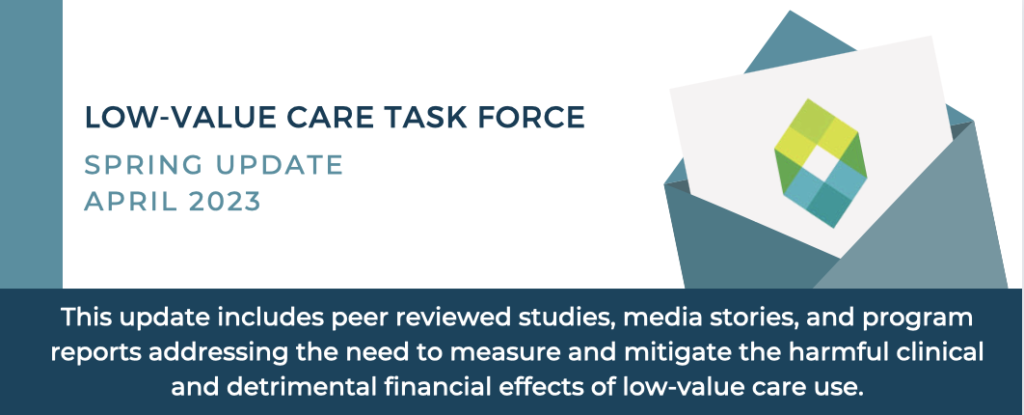
- Reallocating Cervical Cancer Preventive Service Spending from Low to High-Value
- Addressing Value Defects From Wasteful Services Through Health Technology Assessment
- Frequency of Use and Outcomes of Colonoscopy in Individuals Older than 75 Years
- Comparison of LVC Among Commercial and Medicaid Enrollees
- Association of Pre-op Medical Consultation with Reduction in Adverse Post-op Outcomes
- Association of Primary Care Visit Length With Potentially Inappropriate Prescribing
- Cascade Services & Spending Following Low-Value Imaging for Uncomplicated Low-Back Pain

A new Cancer Prevention Research study reports that reallocating savings incurred from reduced spending on unnecessary cervical cancer screening can be used to fund more generous coverage of necessary follow-up care after a positive cervical cancer screening test. The findings demonstrate the feasibility of a policy that reallocates low-value expenditures to more generous coverage for high-value care. Read more here.

As part of the “Enhancing Value Be Evaluating Health Care Services” series, this article discusses the importance of using health technology assessment to understand, identify, and amplify adoption of alternative services and technology. More specifically, authors assert how the expansion of these assessments to focus on low-value care could help to phase out these services and target the majority of variability in wasteful healthcare spending.
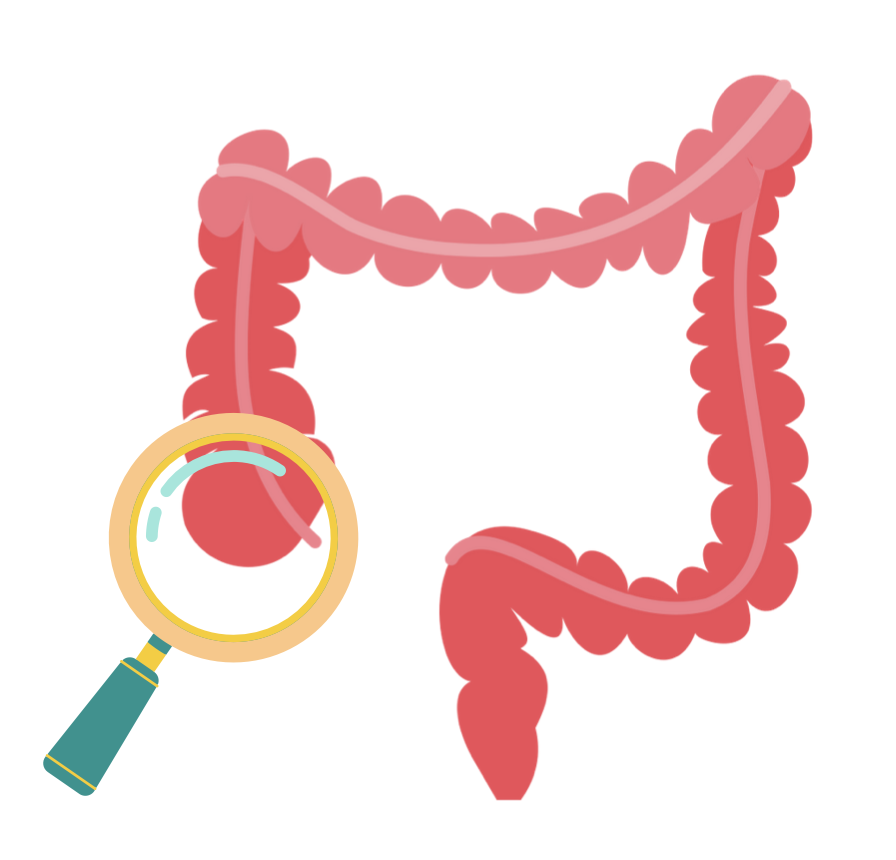
The USPSTF recommends against CRC screening after age 85, and other guidelines recommend stopping screening after age 75, as benefits of CRC screening accrue over a 10-15 year period, and thus offers little benefit to those with a life expectancy of less than 10 years. A Recent JAMA study finds that in patients older than 75 years, a large proportion of screening colonoscopies were among those with limited life expectancy, and were associated with an increased risk of complications.
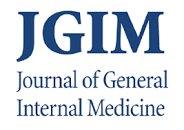
As much as $100B is wasted annually on low-value care provided to patients in Medicare, Medicaid or commercial insurance. In seeking to understand the comparative effects of Medicaid vs commercial insurance on the provision of low-value services, this JGIM study found that commercial enrollees had higher rates of low-value care compared to Medicaid enrollees. However, findings related to service-specific differences showed that Medicaid enrollees experienced higher receipt of several low-value services, indicating that interventions targeting LVC use by Medicaid enrollees are also needed.
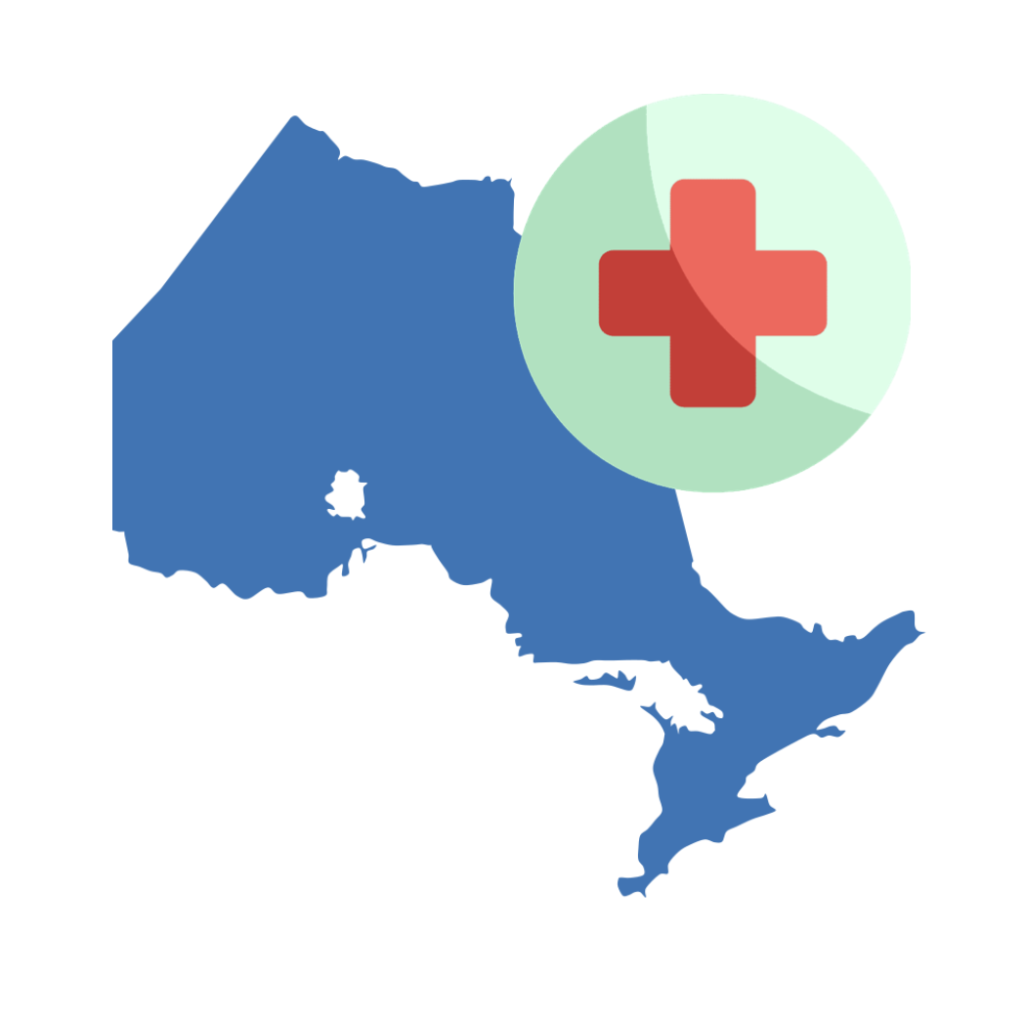
New JAMA Internal Medicine study shows that preoperative medical consultation for adult patients who underwent elective non-cardiac operations were not associated with reduction in adverse postoperative outcomes. Instead, pre-op consultation was associated with potential harm to patients, including increased use of testing procedures and initiation of new prescriptions for β-blockers. Authors suggest that referral for pre-op consultation should be carefully guided by individual-level consideration of risks and benefits.
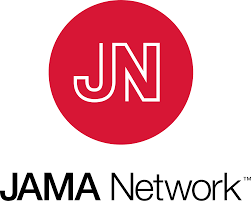
Recent growth in visit content has outpaced growth in visit length (average 18 min.), suggesting that time available per health concern may be decreasing over time. In this study, researchers investigate the association between visit length and potentially inappropriate prescribing decisions. Findings show that shorter visit length was associated with higher rates of inappropriate antibiotic prescribing for upper respiratory infections and inappropriate coprescribing of opioids and benzodiazepines for patients with painful conditions.
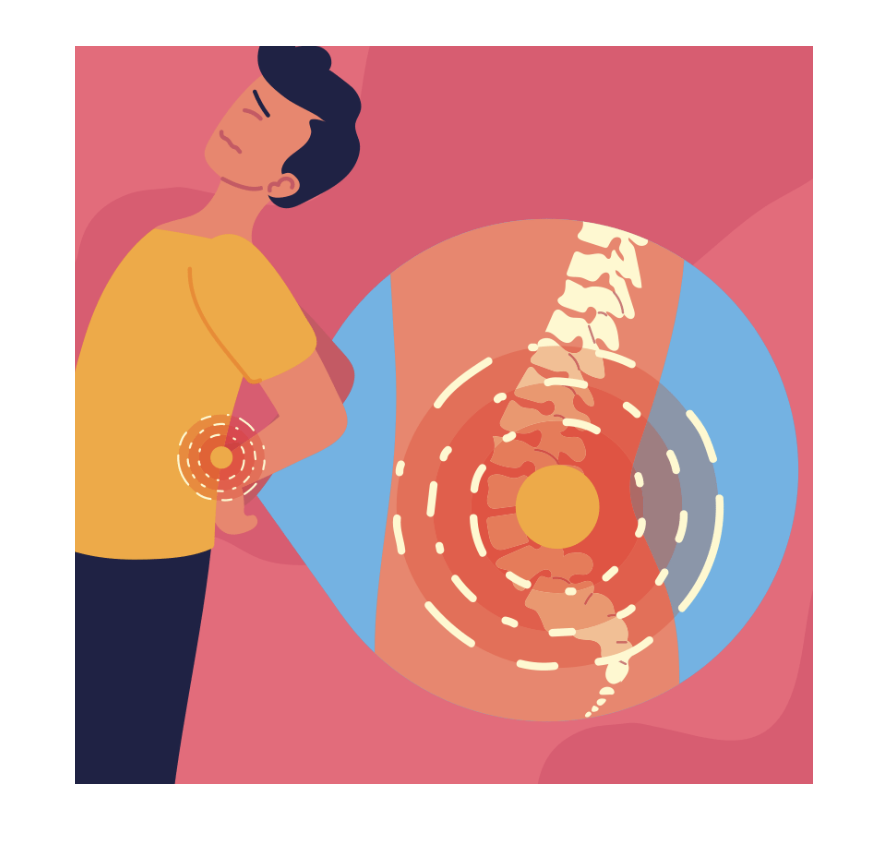
Previous studies show that low-value imaging for uncomplicated acute low-back pain my trigger cascades of spine-related medical services with uncertain value and potential harm. A recent JGIM study examines these cascades and shows that compared to patients who did not receive imaging, imaging patients were 9-14% likelier to receive downstream services related to imaging results, leading to substantial additional out-of-pocket spending.

